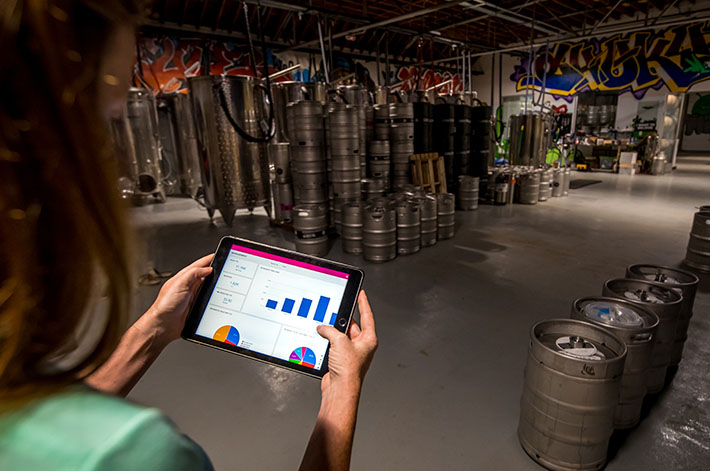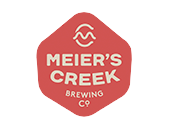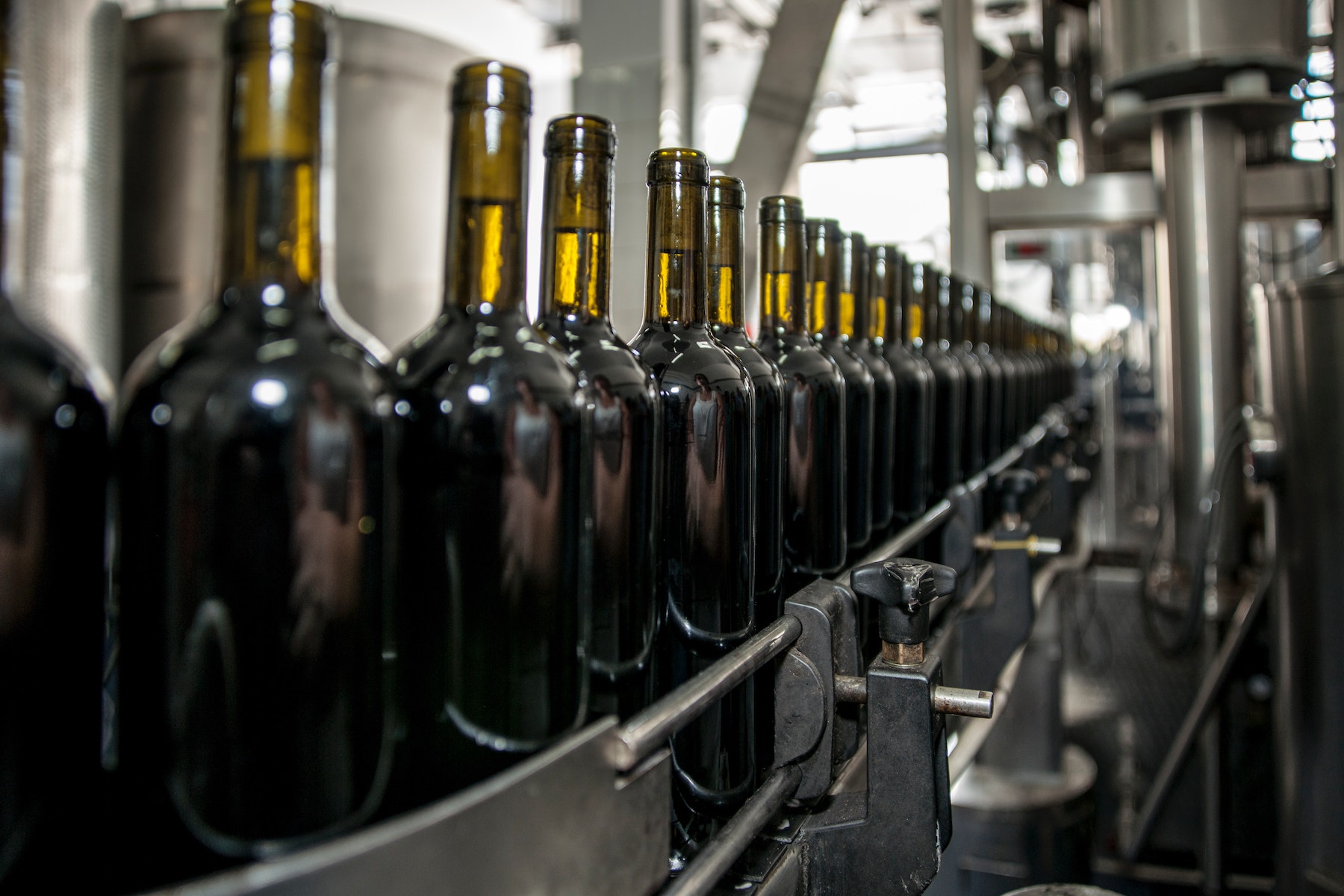Owners of independent and family wineries run the gamut of personality types. Some may be entrepreneurs at heart who enjoy — or, at least, tolerate — the ins-and-outs of everyday business management. But many others are second- or third-generation winemakers who prefer focusing on the craft itself.
No matter your particular passion, your wine business won’t stick around (profitably) if you don’t keep an eye on the key metrics that indicate its success. Luckily, once you get in the habit of checking in on these key performance indicators (KPIs), evaluating them will just be part of your routine. Business management is a muscle: Consistent effort keeps it strong.
Watch our webinar about winery metrics »
The Importance of Winery KPIs
What is your business strategy? Yes, of course the ultimate goal is to keep the doors open, but how will you do that? And how will you go from barely surviving to making a profit — or even growing — if that’s your objective?
KPIs are not a strategy — but once you know your strategy, KPIs help you focus on it. Your goal should be to connect your metrics to your business’s purpose. Then, educate employees in each department so they know how their roles support that mission. Many times, what separates a successful business from a failing one isn’t a lack of effort — it’s a lack of focus and alignment.
It’s a no-brainer that you’re more likely to accomplish the goals you focus on. KPIs help narrow the wide range of initiatives you could be paying attention to so that you only lend your time to those that truly move the business forward.
Lagging vs. Leading Indicators
The difference between lagging and leading indicators is simple: looking in the rearview mirror versus keeping an eye on the road ahead.
Lagging indicators are the metrics many business owners and managers are used to tracking: sales, margin, overhead, inventory value, etc. These numbers reflect what has already happened, so they cannot be influenced or changed by the time you’re reviewing them. They’re important because they signify the company’s final performance during any given period, and reviewing past successes or failures is a vital part of any business strategy.
Leading indicators, on the other hand, help you look ahead at how the company might perform. While these metrics are more fluid, and therefore harder to nail down, they are immensely useful for checking in on progress toward overarching goals and adjusting your strategy if anything looks off track.
Neither of these buckets of KPIs is more important than the other. However, many businesses focus far too much on lagging indicators, which are final by definition. A bit more time spent evaluating leading indicators could help your team stay on track and become a more agile organization.
Which Metrics Should Your Winery Track?
Every business is different, and what you need to track depends entirely on your business model and goals. Our best advice is to think outside the box a bit when deciding how to track progress. For example, many companies look at the lagging indicator of wine club sign-ups to measure one aspect of DTC sales success. But what about website traffic as a leading indicator, assuming that’s how current or soon-to-be wine club members sign up in the first place?
Empower Your Team to Achieve Successful Outcomes

With so many changes in the wine industry, and the world, staying focused is more important now than ever. Take a deeper dive into winery metrics with Mike Mathews, a consultant with more than 20 years of experience in the wine and spirits industries. In this free webinar, Mike covers:
- Typical KPIs wineries track and why
- Lagging vs. leading indicators
- New ideas for KPIs you may not be tracking and why you should, including specific metrics for DTC, wholesale, and financial/operational performance
- The power of connecting your business purpose to your KPIs
This one-hour session can be viewed on demand any time. Access it now, and happy tracking!





